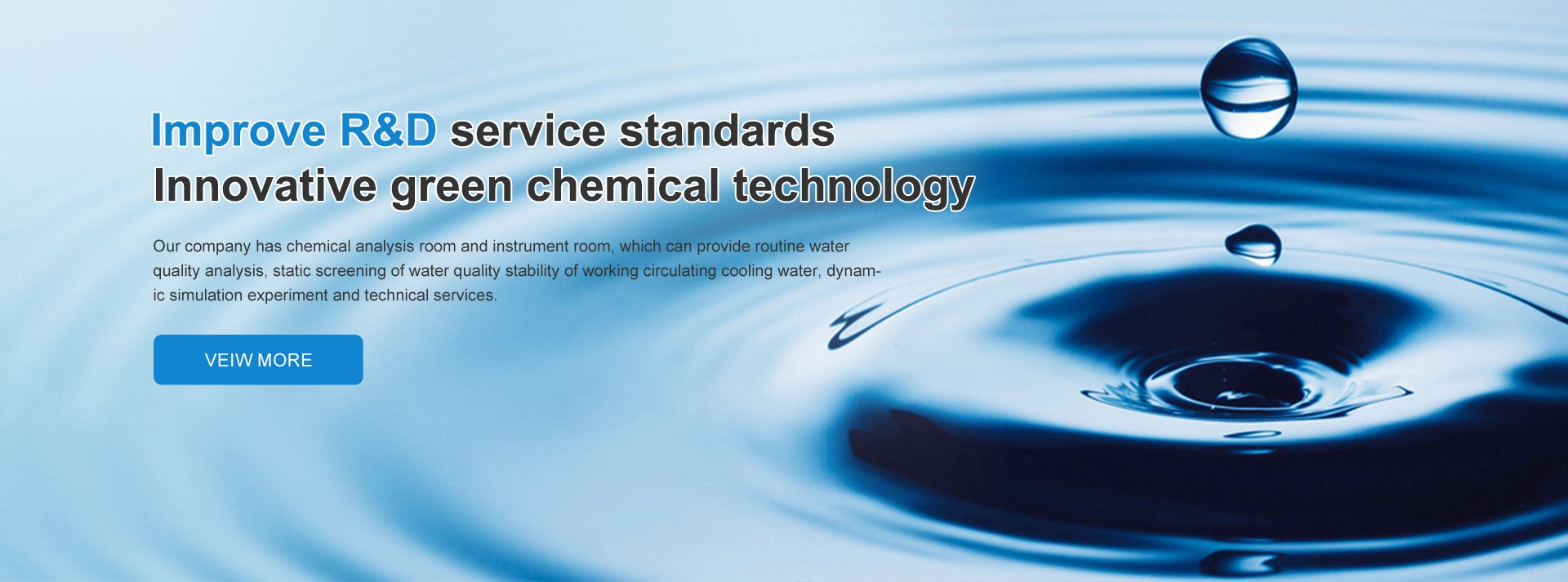Exploring the Properties and Applications of Poly-aluminum Chloride Solutions in Various Industries
Polyaluminum Chloride Solution An Overview
Polyaluminum chloride (PAC) is a widely used coagulant in the treatment of water and wastewater. Composed of aluminum ions and chloride, PAC exists in various forms, including liquid and solid. However, the liquid form of polyaluminum chloride solution is prominent in municipal and industrial water treatment processes. This article will explore the characteristics, applications, advantages, and handling of polyaluminum chloride solution.
Characteristics of Poly Aluminum Chloride Solution
Polyaluminum chloride is a versatile chemical with a chemical formula that can vary depending on its preparation method and the specific application for which it is intended. Typically, PAC solutions have a high charge density, which enhances their coagulation properties. These solutions are often light yellow to orange in color and are characterized by their low toxicity and effectiveness in a wide pH range, making them suitable for different water conditions.
One of the primary characteristics of PAC is its ability to form larger flocs during the coagulation process. The polymeric nature of PAC allows it to bridge particles together, improving the efficiency of the sedimentation process. This capability is especially advantageous in treating water with high sediment loads, such as surface water sources.
Applications of Poly Aluminum Chloride Solution
Polyaluminum chloride solution is primarily used in the treatment of drinking water, but its applications extend beyond potable water treatment. It is also used in the treatment of industrial wastewater, particularly in sectors such as food processing, paper manufacturing, and chemical production. The coagulant helps in the removal of suspended solids, colloidal materials, and organic matter, which are common in these effluents.
In addition to water purification, PAC finds applications in sludge dewatering. By improving the properties of sludge, PAC assists in reducing the volume of waste generated during the treatment process, making it more manageable for disposal or further processing.
Moreover, PAC is increasingly recognized in the field of stormwater management. Its application in treating stormwater runoff helps mitigate pollution by removing particulate matter and associated contaminants, thus protecting aquatic ecosystems.
polyaluminum chloride solution

Advantages of Polyaluminum Chloride Solution
The use of polyaluminum chloride solution offers several advantages over traditional coagulants such as aluminum sulfate. Firstly, PAC is more efficient in lowering turbidity levels, typically achieving better results at lower dosages. This efficiency leads to reduced chemical costs and is beneficial in terms of operation and maintenance in water treatment facilities.
Secondly, PAC produces less sludge than other coagulants. This characteristic not only simplifies sludge handling and disposal but also contributes to a more sustainable treatment process.
Additionally, PAC is effective across a broader range of pH levels, making it a versatile choice for various water sources. This adaptability is particularly crucial for facilities treating variable inflows, as it ensures consistent performance.
Handling and Safety Considerations
Although polyaluminum chloride is generally regarded as safe for use in water treatment, appropriate handling practices are essential. Operators should always use personal protective equipment, such as gloves and goggles, to avoid skin and eye contact. Proper storage conditions should also be maintained, keeping the solution away from extreme temperatures and direct sunlight to ensure its effectiveness and stability.
Regular training for personnel on emergency response procedures is crucial due to the chemical nature of PAC. Understanding the properties and potential hazards of polyaluminum chloride, as well as following governmental regulations, can help ensure both safety and environmental protection.
Conclusion
Polyaluminum chloride solution plays a critical role in modern water treatment applications, offering an effective, efficient, and low-impact alternative to traditional coagulants. Its ability to adapt to various water conditions, combined with its advantages in sludge reduction and operational cost savings, makes PAC an essential tool in the quest for clean and safe water. As global water challenges continue to evolve, the significance of polyaluminum chloride solution in sustainable water management practices is likely to grow even further.
-
Water Treatment with Flocculant Water TreatmentNewsJun.12,2025
-
Polymaleic AnhydrideNewsJun.12,2025
-
Polyaspartic AcidNewsJun.12,2025
-
Enhance Industrial Processes with IsothiazolinonesNewsJun.12,2025
-
Enhance Industrial Processes with PBTCA SolutionsNewsJun.12,2025
-
Dodecyldimethylbenzylammonium Chloride SolutionsNewsJun.12,2025





